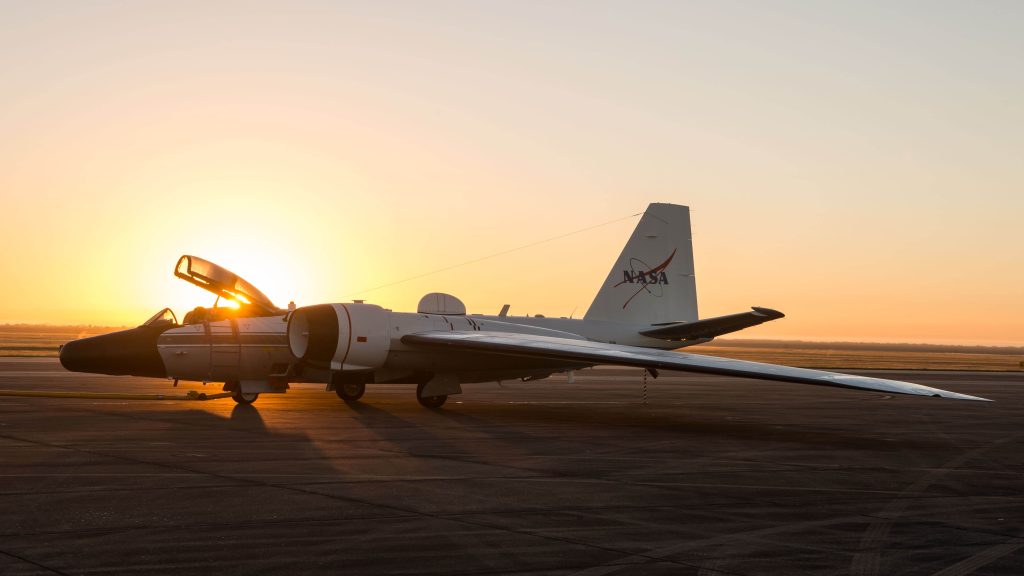In a race against time and shadows, NASA deploys two WB-57 jets to capture the longest solar eclipse totality over land in a decade.
Others are reading now
As the moon casts its shadow across the Earth on April 8, a unique celestial event will unfold—a total solar eclipse with the longest period of totality observed from land in over ten years. For solar scientists and eclipse enthusiasts alike, this event marks an extraordinary opportunity to delve into the mysteries of the sun’s corona, the outermost part of its atmosphere, usually obscured by the sun’s bright light.
A Race Against the Shadow
For a brief window of approximately four minutes and twenty-seven seconds, viewers on the ground will experience the surreal phenomenon of totality, where the moon completely obscures the sun, revealing the ethereal glow of the corona.
But for the teams aboard two of NASA’s WB-57 jet planes, this window extends to over six minutes, thanks to their high-speed chase of the moon’s shadow across the Earth’s surface.
Traveling at 740 kilometers per hour, just south-west of the eclipse’s maximum point, these jets are on a mission to capture data that ground-based observations simply cannot.
Also read
Their pursuit not only extends the duration of totality but also provides a unique vantage point above the lower layers of the Earth’s atmosphere, offering clearer, more stable conditions for observation.
Innovative Instruments for Unprecedented Insights
Leading the charge is Amir Caspi from the Southwest Research Institute in Boulder, Colorado, who is spearheading an onboard experiment aimed at unraveling the secrets of the corona.
Equipped with a stabilised platform, the team will use both a visible-light camera and a cutting-edge mid-infrared camera developed by NASA to observe the eclipse. This dual approach allows for the capture of images across seven different wavelengths of light, providing critical information on the structures within the corona.
By distinguishing between the coronal structures that emit their own light and those that merely scatter the sun’s surface light, scientists hope to gain a deeper understanding of the corona’s composition, temperature, and dynamics. This knowledge is vital for solving longstanding mysteries about the sun, including why the corona is significantly hotter than the sun’s surface.
This eclipse chase is more than a spectacle; it’s a quest for knowledge that could reshape our understanding of solar phenomena. The data gathered by these high-flying observatories will not only enhance our grasp of the sun’s outermost layers but also contribute to our ability to predict and prepare for solar events that can impact Earth.



